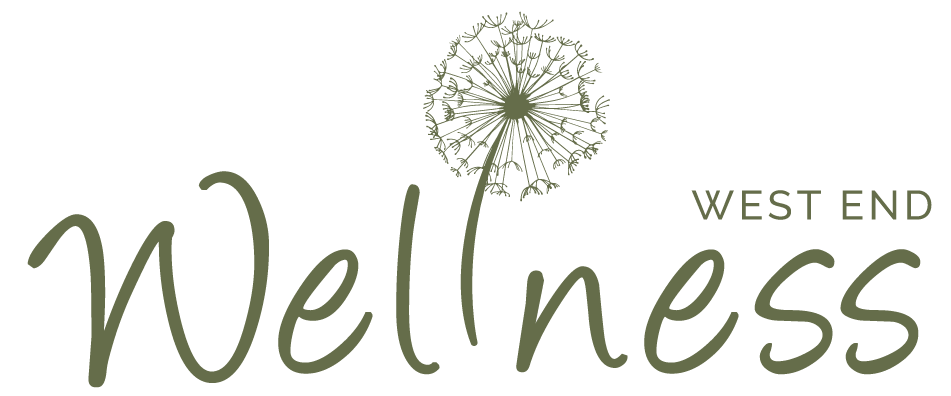The Principles Of Touch, Introduction To Massage Therapy
Massage therapy is an ancient healing practice with proven benefits for both the mind and body. It relies on the principles of massage, which are based on the understanding of human anatomy and physiology, the principles of touch, and the body's response to it.
Through massage, practitioners can relieve pain, relax, and enhance physical and emotional well-being.
-
Used for centuries to improve well-being
Traced back to ancient cultures like Chinese, Egyptians, Greeks
Believed to treat physical ailments and reduce stress
-
Based on understanding anatomy, physiology, principles of touch, and the body's response
Provides pain relief, relaxation, and improved circulation
Helps reduce stress and improve overall well-being
The main goal is to use massage techniques to provide therapeutic benefits for both mind and body.
Core Principles of Massage Therapy
Massage therapy is based on four main principles: balance, awareness, connection, and respect. Understanding these principles allows massage therapists to provide therapeutic benefits.
-
Establishing equilibrium between the body and its environment
Helping the body manage stress and muscle tension
Restoring the body's natural state of balance
-
Being mindful and present during the massage
Tuning into the body's sensations and responses
Allowing the client to become more aware of their body
-
Building a sense of trust between therapist and client
Providing a safe space for the client to relax fully
Establishing a therapeutic connection
-
Showing kindness, patience and understanding
Respecting the client's boundaries and needs
Providing a comfortable environment built on mutual respect
These core principles work together to create an integrative approach that promotes healing and well-being.
Understanding Anatomy and Physiology for Massage Therapy
A strong anatomy and physiology foundation is key to providing safe and effective massage therapy. Understanding the body's systems allows therapists to assess clients and determine appropriate techniques properly.
-
Over 600 skeletal muscles that attach to bones
Smooth muscles in organs and vessels
Cardiac muscle forms the heart
-
Bones provide structure and protect organs
Joints allow flexible movement
Ligaments connect bones together
-
Heart pumps blood through vessels
Arteries and veins transport blood
Blood delivers oxygen and nutrients
With knowledge of these core systems, massage therapists can target areas safely while supporting the body's natural healing processes. Anatomy trains them to identify contraindications, tailor techniques, and enhance outcomes.
Principles of Touch in Massage Therapy
Massage therapy relies on four main principles of touch: pressure, motion, vibration, and friction. Mastering these techniques allows therapists to provide tailored treatments.
-
Compressing soft tissues to reduce muscle tension
Increasing circulation to promote healing
Applying the right amount of force
-
Kneading, rolling, and rocking motions
Stretching and manipulating muscles and joints
Improving the client's range of motion
-
Delivering rhythmic pulsations
Releasing tight muscles and stimulating circulation
Providing a relaxing sensation
-
Rubbing muscles in a circular motion
Generating heat to improve local circulation
Targeting areas of muscle tension
With practice and care, therapists learn to utilize these principles to deliver customized massage treatments that meet each client's needs and goals
The Body’s Response to Massage Techniques
The body responds to massage in various ways based on the techniques' pressure, rhythm, direction, and depth.
-
Light pressure induces relaxation
Moderate pressure relieves muscle tension
Deep pressure releases knots and spasms
-
Slow, flowing strokes are calming
Quick, percussive taps are energizing
Consistent rhythm is soothing
-
Toward heart aids circulation
Along muscle fibers, relaxed tissues
Across muscle fibres stimulates tissues
-
Light massage affects superficial tissues
Moderate massage reaches the middle tissues
Deep massage impacts the deepest tissues
Understanding these responses allows therapists to provide customized treatments that leverage the body's natural healing processes for optimal results.
Conclusion on the Principles of Massage Therapy
In conclusion, massage therapy is an integrative treatment with proven benefits based on core principles like balance, awareness, connection and respect. It relies on understanding anatomy, physiology, touch techniques and the body's response.
-
Establishing equilibrium and managing stress
Building mind-body awareness and trust with clients
Applying appropriate pressure, motion, vibration and friction
-
Reduces pain and muscle tension
Improves circulation, flexibility and well-being
Provides relaxation and emotional balance
With a foundation in these principles, massage therapy can enhance clients' health in a holistic manner. Research continues to demonstrate its value as an integrative treatment that leverages the body's natural healing abilities.
Maximize Your RMT Benefits: Hassle-Free Direct Billing at West End Wellness
Experience hassle-free healthcare with our direct billing service. We handle insurance claims so you can focus on your wellness journey without financial stress. Enjoy your treatments at West End Wellness worry-free.
Click below to see if your insurance is included, and book your appointment today!
